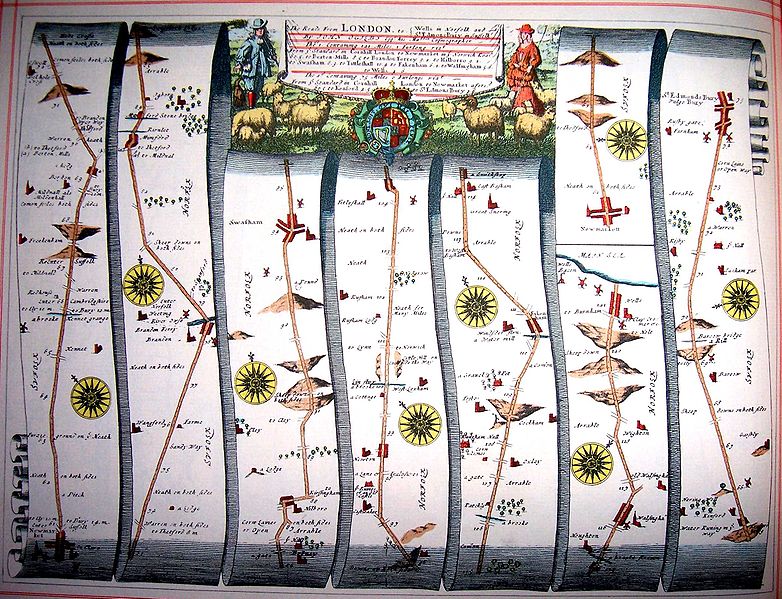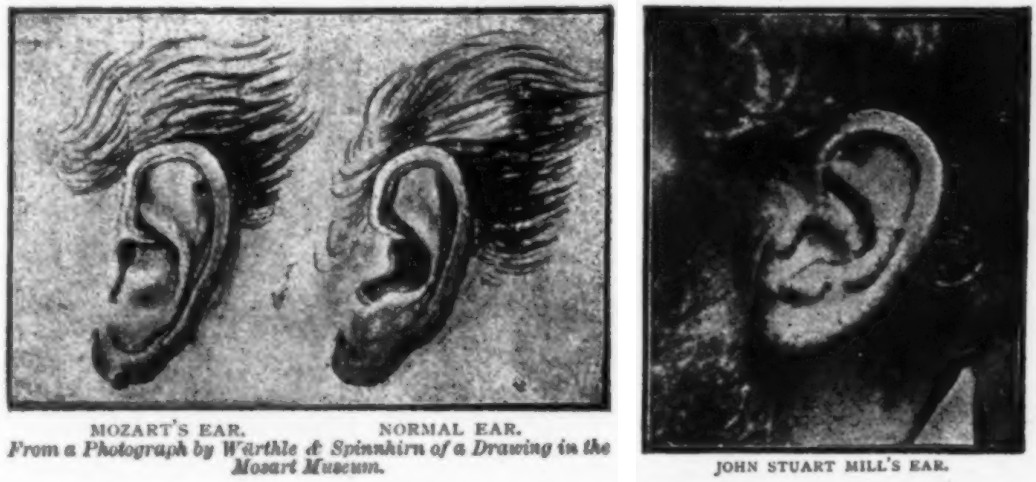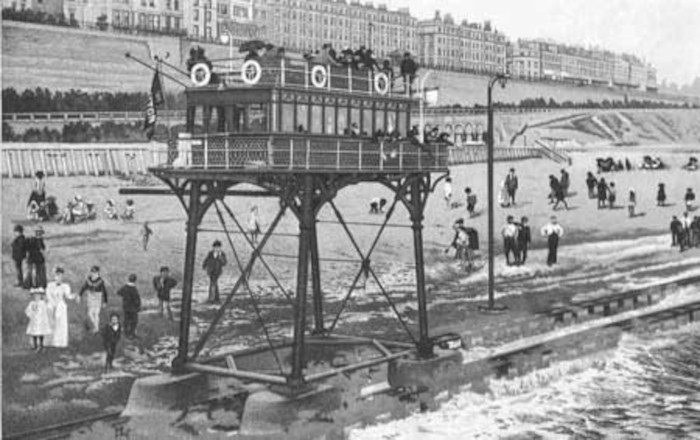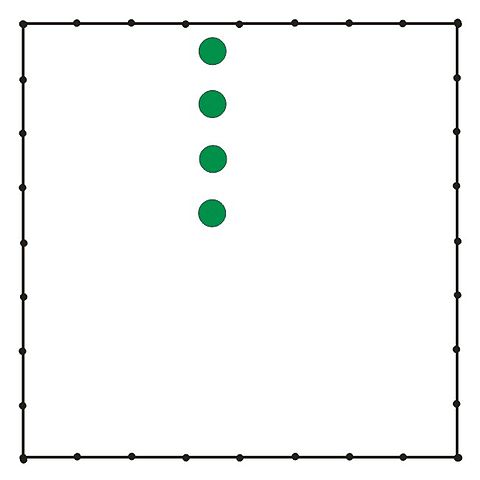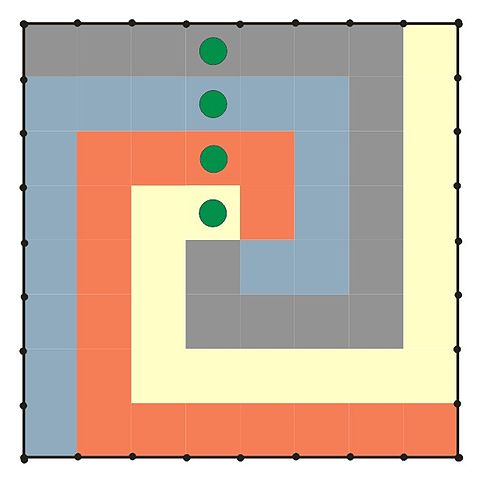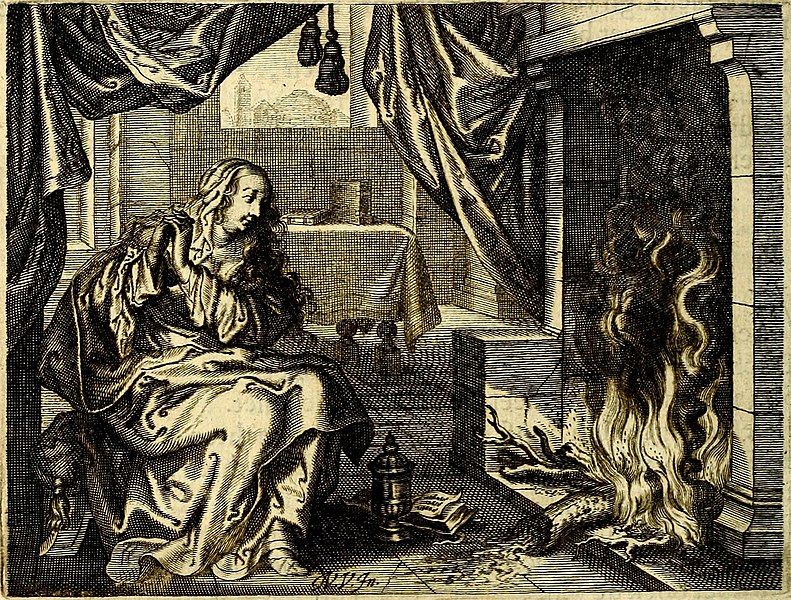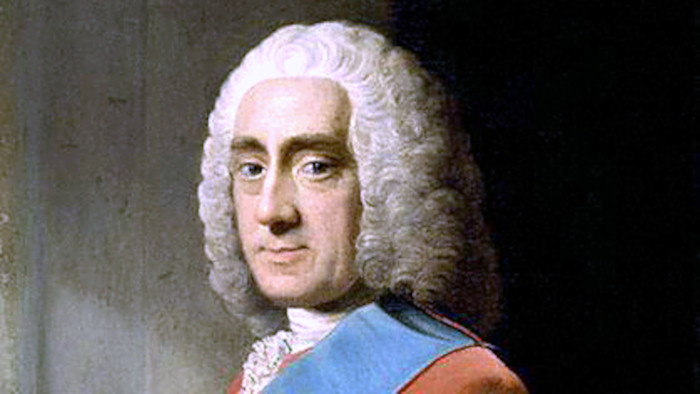
i met a toad
the other day by the name
of warty bliggens
he was sitting under
a toadstool
feeling contented
he explained that when the cosmos
was created
that toadstool was especially
planned for his personal
shelter from sun and rain
thought out and prepared
for him
do not tell me
said warty bliggens
that there is not a purpose
in the universe
the thought is blasphemy
a little more
conversation revealed
that warty bliggens
considers himself to be
the center of the said
universe
the earth exists
to grow toadstools for him
to sit under
the sun to give him light
by day and the moon
and wheeling constellations
to make beautiful
the night for the sake of
warty bliggens
to what act of yours
do you impute
this interest on the part
of the creator
of the universe
i asked him
why is it that you
are so greatly favored
ask rather
said warty bliggens
what the universe
has done to deserve me
if i were a
human being i would
not laugh
too complacently
at poor warty bliggens
for similar
absurdities
have only too often
lodged in the crinkles
of the human cerebrum
— Don Marquis

